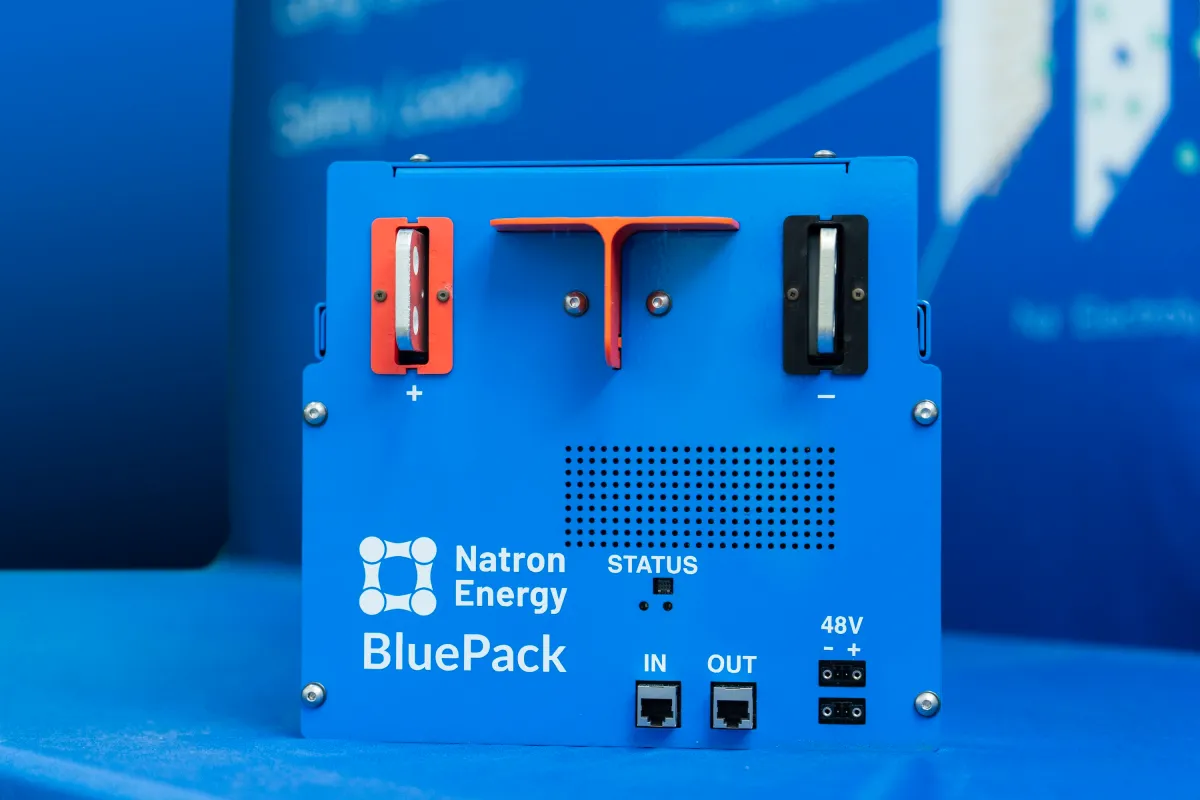The recent liquidation of Natron Energy—once a promising U.S.-based battery startup focused on sodium-ion technology—has cast a harsh light on a critical gap: the United States remains unprepared to build a self-sustaining domestic battery manufacturing ecosystem, despite ambitious policy goals to reduce reliance on foreign supply chains. The company’s collapse, announced in early September 2025, comes just three years after it secured $120 million in funding and a $50 million grant from the U.S. Department of Energy (DOE) to build a production facility in Michigan. Its failure underscores systemic challenges that continue to hamper America’s efforts to compete with global battery leaders like China.
Natron, founded in 2012, specialized in sodium-ion batteries—seen as a viable alternative to lithium-ion, as sodium is abundant, low-cost, and widely available domestically (unlike lithium, 80% of which is mined in Australia, Chile, and Argentina). The startup’s technology was praised for its safety (non-flammable, unlike lithium-ion) and long lifespan, making it ideal for grid storage and industrial applications. By 2022, Natron had secured partnerships with firms like FedEx and Siemens to test its batteries in warehouses and data centers. Yet by mid-2025, the company was unable to scale production beyond pilot stages, citing skyrocketing costs, supply chain bottlenecks for key components, and a lack of domestic manufacturing expertise.
The Root Causes of Natron’s Collapse—And America’s Battery Problem
Natron’s liquidation isn’t an isolated case; it’s a symptom of broader weaknesses in the U.S. battery ecosystem, according to industry analysts and former Natron executives:
1. A Broken Domestic Supply Chain
While the U.S. has abundant raw materials (sodium, lithium, nickel), it lacks the infrastructure to process those materials into battery-grade components. For example, Natron relied on imported cathode and anode materials—key parts of the battery—because no U.S. manufacturer could produce them at scale and at a competitive price. “We spent 18 months trying to source components locally, but the only suppliers were in China or South Korea,” a former Natron operations director told TechCrunch. “By the time we imported them, costs were 30% higher than we budgeted—and lead times stretched from 6 weeks to 6 months.”
This reliance on foreign processing is a industry-wide issue. The U.S. currently produces less than 5% of the world’s battery-grade lithium chemicals, and nearly all battery cell manufacturing equipment is made in Asia. Even with the Inflation Reduction Act (IRA)—which offers tax credits for domestic battery production—building out this infrastructure takes years, and many startups can’t wait that long.
2. High Costs and Limited Scale
Natron’s Michigan factory, which was supposed to produce 1 gigawatt-hour (GWh) of batteries annually by 2024, never reached 10% of that capacity. The company struggled to attract enough customers to justify scaling up, as U.S. grid operators and manufacturers still favored cheaper lithium-ion batteries from Asian firms. “Why would a utility choose a U.S.-made sodium-ion battery that costs $150 per kWh when they can import a lithium-ion one for $80?” said Sam Jaffe, a battery industry analyst at Cairn ERA. “Until U.S. startups can match or beat global prices, scaling will remain impossible.”
Part of the cost gap stems from China’s decades of investment in battery manufacturing. Chinese firms like CATL and BYD benefit from economies of scale (producing over 60% of the world’s lithium-ion batteries) and government subsidies that lower production costs. U.S. startups, by contrast, face higher labor costs, fewer tax incentives for early-stage production, and a smaller pool of skilled workers trained in battery assembly.
3. Policy Gaps: Good Intentions, Insufficient Execution
The IRA, signed into law in 2022, was designed to address these issues by offering $369 billion in clean energy incentives—including a $7,500 tax credit for electric vehicles (EVs) with U.S.-made batteries, and grants for battery factories. But experts say the policy has two critical flaws: it focuses heavily on end products (like EVs and finished batteries) rather than upstream components (like cathodes and electrolytes), and it moves too slowly for startups. Natron’s DOE grant, for example, required the company to meet strict production milestones within two years—an impossible timeline given supply chain delays.
“The IRA is a good start, but it’s like building a house without a foundation,” said Rebecca Dell, senior director of the ClimateWorks Foundation’s Global Battery Alliance. “You can’t have a domestic battery industry if you don’t first build the supply chain for parts. The U.S. needs to invest in processing plants, equipment manufacturing, and workforce training—not just final assembly lines.”
What Natron’s Failure Means for the U.S. Energy Transition
The U.S. has set bold goals: it aims to have 50% of new car sales be electric by 2030, and to deploy 1,200 GWh of grid storage by 2035—both of which depend on a robust battery supply chain. Without fixing the issues that sank Natron, those goals are at risk. Currently, the U.S. imports 75% of its lithium-ion batteries, and 90% of the rare earth elements used in battery production come from China.
Some policymakers are already pushing for action. In August 2025, a bipartisan group of senators introduced the Battery Supply Chain Security Act, which would allocate $20 billion to build domestic processing facilities and train workers in battery manufacturing. But the bill is still in committee, and experts warn that even if passed, it will take 5–10 years to see results.
For startups still in the space, Natron’s collapse is a cautionary tale. “We’re not naive—we know the odds are stacked against us,” said the CEO of a California-based sodium-ion battery startup. “But Natron’s failure isn’t about bad technology; it’s about a system that isn’t set up to support U.S. innovators. Until that changes, more startups will follow.”
In the end, Natron’s liquidation is more than a business failure—it’s a wake-up call. The U.S. has the ideas, the raw materials, and the policy ambition to lead in battery tech. But without fixing its broken supply chain, lowering production costs, and accelerating support for upstream infrastructure, it will continue to lag behind competitors—and its energy transition goals will remain out of reach.
